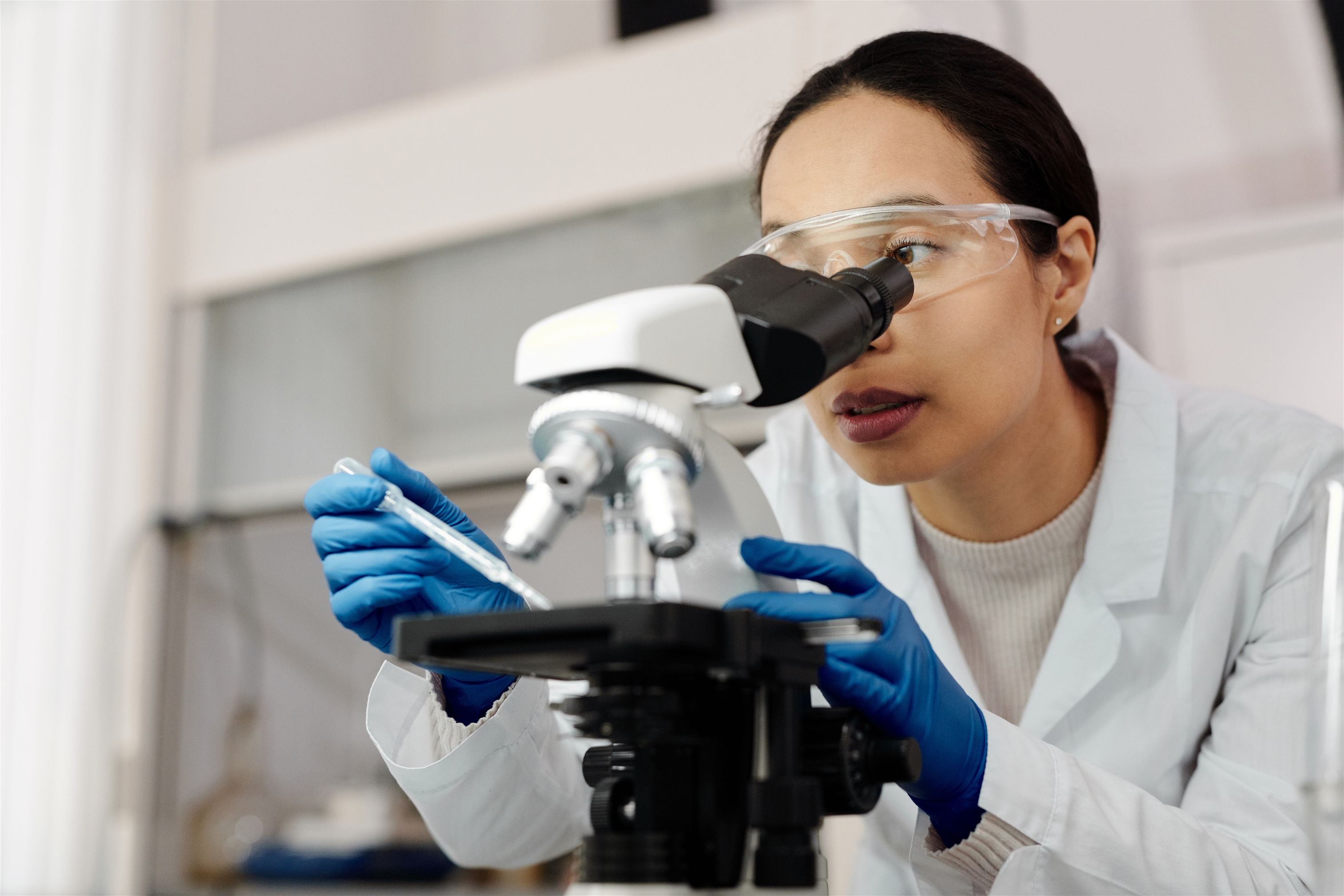Oenology: setting up a quality control laboratory in the cellar
‘Made in Italy’ is frequently associated with the idea of quality. The wine sector in this sense is a real feather in our country's cap: painstaking work that begins in the vineyard and continues in the cellar, precisely in a chemical laboratory.
In order to obtain a perfect bottle, it is essential to maintain constant attention throughout the winemaking process. In this regard, to make the best choices quickly, it is necessary to make a real-time check of sugar levels, L-malic acid, total and volatile acidity, pH, alcohol content, free and total sulphur dioxide, readily assimilable nitrogen, gluconic acid and total polyphenols: all factors that will help the winemaker do his job better.
A self-respecting chemical laboratory for oenological analysis cannot be without the following instrumentation:
- pH meter and titrator for determining pH, total acidity and sulphur content
- Photometer with UV lamp for performing common enzymatic analyses, APA and total polyphenol index determination
- Distiller for alcohol and volatile acidity analysis
Setting up a traditional analysis laboratory brings with it the need for in-depth knowledge of analysis methods, excellent chemical skills, the use of typical glassware for washing and chemical-enzymatic reagents in need of constant control and calibration.
One must also bear in mind the procedure for preparing must samples with pronounced turbidity and red wine samples loaded with high polyphenolic content.
For the use of automatic instrumentation, in addition to having trained and specialised personnel in the field, it is necessary to give due maintenance to the machinery so as not to compromise its proper functioning. Calibration and maintenance of photometers are essential for successful control analyses.
One must, logically, take into account the considerable financial investment related to the purchase of the different equipment for performing the numerous oenological analyses.
For effective control, it is useful to equip the laboratory with easy-to-use systems that provide rapid results, so that the oenologist can make the most suitable choices in good time.
At the same time, it is recommended to use analysis systems that limit the negative aspects inherent in the construction of the in-house laboratory as much as possible, and that allow chemical analyses to be carried out even by personnel without strong technical-chemical knowledge.

